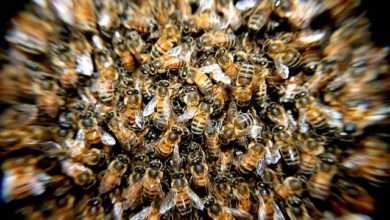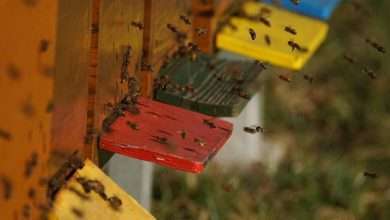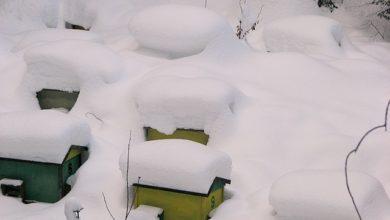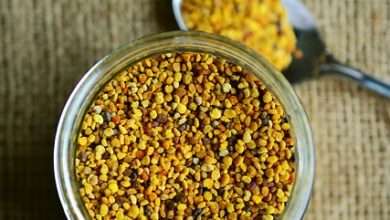Do Bees Follow the Fibonacci Sequence?
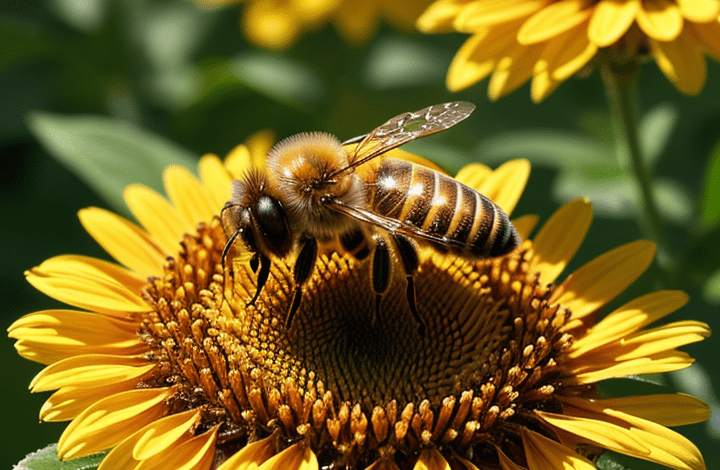
In the wondrous world of mathematics, the Fibonacci sequence holds a special place due to its intriguing nature and seemingly endless applications in various aspects of life. However, have you ever wondered if this sequence has any connection to the tiny yet vital creatures that buzz around our gardens, the bees?
In this article, we will embark on a fascinating journey to explore the intricate relationship between bees and the renowned Fibonacci sequence.
Explanation of the Fibonacci Sequence
Before delving into the captivating world of bees, let us first understand what the Fibonacci sequence entails. Named after the Italian mathematician Leonardo of Pisa, also known as Fibonacci, this sequence is a series of numbers where each number is the sum of the two preceding ones. Starting with and 1 as the initial numbers, the sequence continues indefinitely, typically expressed as , 1, 1, 2, 3, 5, 8, 13, 21, and so on. What makes this sequence captivating is its prevalence in nature, art, architecture, and even music.
Importance of Bees in Nature
Bees, those hardworking and industrious insects, play a crucial role in maintaining the delicate balance of nature. As diligent pollinators, they facilitate the reproduction of flowering plants by transferring pollen from the male anthers to the female stigma, enabling the fertilization process.
This pollination process is a vital link in the production of fruits, vegetables, and seeds, with millions of plant species relying on bees for successful reproduction. Without bees, our ecosystems would suffer devastating consequences, affecting both wildlife and human food sources.
Overview of the Relationship Between Bees and the Fibonacci Sequence
Now, let us explore the fascinating connection between the Fibonacci sequence and bees. The most prominent manifestation of this relationship can be observed in the arrangement of petals on flowers visited by bees. It is quite common to find flowers with a specific number of petals, often following a Fibonacci number.
For instance, the number of petals on popular flowers like daisies, sunflowers, and marigolds frequently align with the sequence. This adherence to the Fibonacci pattern is not a mere coincidence but rather a result of evolutionary processes and efficient packing of petals to optimize pollination.
Moreover, bees themselves exhibit a remarkable pattern when it comes to the growth of their brood chambers. These hexagonal chambers, known as honeycombs, are meticulously constructed by bees to store honey, pollen, and to rear their young. The hexagonal shape ensures efficient utilization of space while also providing structural stability.
Researchers have discovered that the dimensions of these chambers often align with the sequential values of the Fibonacci sequence, allowing bees to maximize their storage capacity without wasting precious resources.
The Fibonacci Sequence in Nature
Nature, with all its wonders and mysteries, never fails to leave us in awe. One such marvel that continues to captivate researchers and enthusiasts alike is the presence of the Fibonacci sequence in various aspects of the natural world. Defined by the recurrence relationship where each number is the sum of the two preceding ones, this sequence has found its way into the very fabric of plants, animals, and even our genetic code.
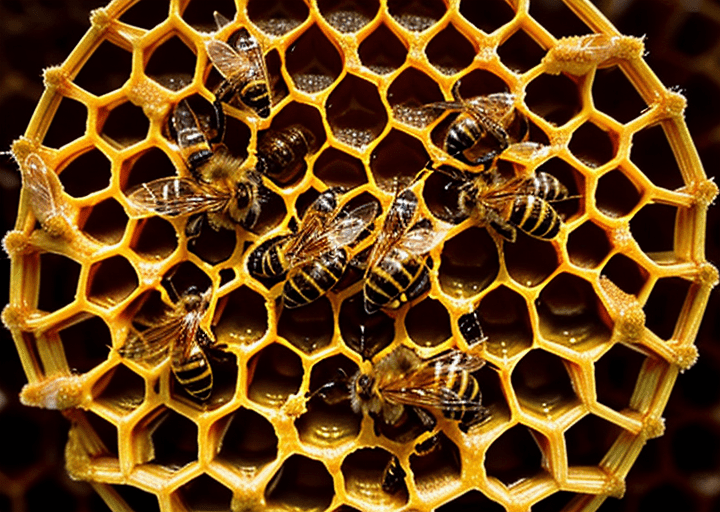
Examples of the Fibonacci sequence in plants and animals
Plants and animals alike exhibit fascinating patterns that adhere to the Fibonacci sequence. For instance, the arrangement of leaves on a stem often follows a spiral pattern that can be traced back to this mathematical sequence.
In the case of plants like the sunflower or the pineapple, the number of clockwise and counterclockwise spirals usually aligns with two consecutive Fibonacci numbers.
Similarly, the captivating patterns found on the shells of various marine animals, such as the nautilus or the spiraling snail, are also intricately linked to the Fibonacci sequence. These organisms effortlessly create spirals that adhere to the unique numerical ratios bestowed by nature itself.
How the Fibonacci sequence is related to the structure of beehives
The world of bees and their intricately crafted hives is nothing short of astounding. It is no surprise, then, that the Fibonacci sequence has a prominent role to play in the structural composition of these hives.
The hexagonal cells that make up a beehive follow a precise arrangement, allowing for maximum efficiency and utilization of space. These hexagons align perfectly with the Fibonacci sequence, with the number of cells in each row representing successive Fibonacci numbers.
The connection between the Fibonacci sequence and the genetic code of organisms
Delving deeper into the realm of genetics, scientists have discovered a peculiar connection between the Fibonacci sequence and the genetic code of various organisms. It is believed that the sequence plays a significant role in the DNA structure, leading to the formation of the distinctive double helix shape.
While the precise reasons for this correlation remain elusive, it is clear that nature’s fundamental principles, rooted in the Fibonacci sequence, have a profound impact on the building blocks of life itself.
The role of the Fibonacci sequence in the reproduction of flowers, a food source for bees
Flowers, not only beautiful but also essential for the survival of bees, harbor yet another secret influenced by the Fibonacci sequence. The arrangement of petals in many flowers consistently adheres to this numerical pattern.
For instance, daisies often reveal a radial pattern with petals numbering 34, a Fibonacci number. Similarly, lilies and irises showcase flower structures where the number of petals aligns with this sequence.
This intricate connection between the Fibonacci sequence and flowers is believed to optimize pollination and increase the chances of successful reproduction, ensuring a steady food supply for their pollinator companions.
The potential implications of the Fibonacci sequence in bee behavior
The captivating influence of the Fibonacci sequence extends beyond mere physical structures to the behavior of the remarkable creatures that rely on them. Researchers have observed intriguing patterns in the movement and navigation of bees, often directly related to this mathematical phenomenon. From their foraging routes to the dance language they use to communicate, bees appear to be tapping into the harmonious rhythm established by the Fibonacci sequence.
By understanding this profound relationship, scientists can gain valuable insights into the complex world of bees and further unravel the mysteries that surround their behavior.
Observations of Bee Behavior
Here, we will delve into the observations of bee behavior, exploring research on foraging patterns, flight paths, colony construction, and the distribution of pollen. By examining these aspects, we will determine whether there is a correlation between bee behavior and the Fibonacci sequence.
Research on the foraging patterns of bees
The foraging patterns of bees have been studied extensively to understand how they search for nectar. Scientists have observed that bees tend to visit flowers in a specific order, often circling around a patch before moving on to the next. This behavior indicates a systematic approach to maximize their efficiency in collecting resources.
Analysis of bee movements and flight paths
By tracking the movements and flight paths of individual bees, researchers have discovered intriguing patterns. Bees often navigate in straight lines between food sources and their hives, making slight adjustments along the way to ensure accuracy. This ability is crucial for bees to communicate precise directions to their fellow foragers.
Investigations into the construction of bee colonies
The construction of bee colonies is a remarkable feat accomplished through collective efforts. Bees build hexagonal cells in their honeycombs, providing an efficient use of space. Surprisingly, the arrangement of these cells aligns closely with the Fibonacci sequence, a mathematical pattern where each number is the sum of the two preceding ones.
Studies on the distribution of pollen by bees
Bees play a vital role in pollination, transferring pollen from flower to flower as they collect nectar. Through meticulous studies, researchers have noticed that bees tend to distribute pollen in a specific manner. The distribution follows a spiral pattern, similar to the spirals found in certain plants and shells, which are often associated with the Fibonacci sequence.
The correlation between bee behavior and the Fibonacci sequence
Given the observed alignment of bee behavior with various aspects of the Fibonacci sequence, researchers have sought to uncover a deeper connection. While the evidence suggests a correlation, scientific consensus remains elusive. It is possible that bees, as efficient creatures, have evolved behavioral patterns that unintentionally align with this mathematical sequence.
Conclusion
In this article, we have unraveled the intriguing relationship between bees and the Fibonacci sequence. From the arrangement of petals on flowers to the construction of honeycombs, the presence of this mathematical pattern in the world of bees is a testament to the wonder and efficiency of nature’s design.
As we continue to explore the mysteries of the natural world, let us marvel at the intricate connections that permeate even the tiniest creatures, reminding us of how mathematics and nature are intertwined in extraordinary ways.
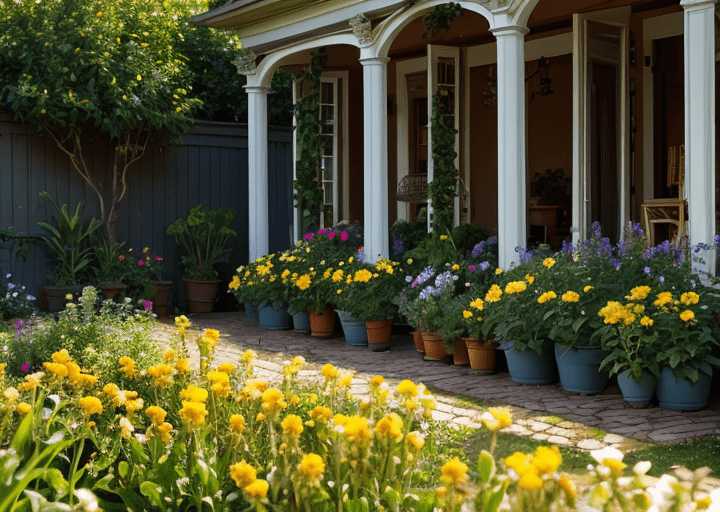
FAQ’s
How is the Fibonacci sequence related to bees?
- Many believe that bees follow the Fibonacci sequence when constructing their hexagonal honeycomb cells. This hypothesis suggests that bees instinctively choose shape ratios that correspond to Fibonacci numbers.
What evidence supports the theory that bees follow the Fibonacci sequence?
- Studies have shown that honeybees tend to construct hexagonal cells with sides in a ratio of approximately 1.618, which is known as the golden ratio—a ratio found in several aspects of nature related to the Fibonacci sequence.
Why do bees use the Fibonacci sequence in honeycomb construction?
- By following the Fibonacci sequence, bees create a honeycomb structure that has the highest possible packing density, using the least amount of wax. This allows bees to conserve energy and resources, while still providing ample space for rearing their young and storing honey.
Are bees aware of the Fibonacci sequence?
- While bees do not possess the cognitive abilities to actively calculate or recognize the Fibonacci sequence, their biological instincts drive them to build honeycombs using an efficient pattern that aligns closely with the sequence. This behavior is likely a result of millions of years of evolutionary adaptation.
Do all bees build honeycombs according to the Fibonacci sequence?
- Not all bee species build honeycombs in the same way, but the Fibonacci patterns are commonly observed in honeycombs constructed by social bees such as honeybees and bumblebees. Solitary bees, however, may exhibit different architectural patterns based on their specific needs and environmental factors.
Can the Fibonacci sequence be observed in other aspects of bee life?
- While honeycomb construction is one of the most notable examples of the Fibonacci sequence in bee behavior, it can also be observed in other aspects, such as the arrangement of seeds or petals in flowers visited by bees. The sequence is believed to offer optimal space utilization and efficiency in various natural structures.
How does understanding the Fibonacci sequence benefit beekeepers?
- Understanding the relationship between bees and the Fibonacci sequence can help beekeepers design more efficient beekeeping equipment, such as frames and comb foundations. By aligning with the natural instincts of bees, beekeepers can support the health and productivity of their colonies.
